Like me and many others within the UK today you have no doubt noticed the steady increase in your energy costs within your home. More recently, horrific current events abroad are more than likely to have an added effect on your monthly bills. So how can I reduce my energy bills without it costing an arm or a leg?
The UK’s housing stock is some of the oldest in Europe with 38% of UK homes being built before 1946 and the average property energy efficiency rating grade D. So how do you improve energy efficiency?
1. Insulating a roof or loft is one of the most cost-effective ways to improve your home’s energy efficiency. Large detached houses and bungalows lose a large proportion of their heat through the roof, but most homes can benefit from a minimum of 270mm of loft insulation.
2. Uninsulated homes lose more than a third of their heat through the walls. A detached house loses heat through the walls on every side, as they are all exposed to the outside air, whereas a mid-terraced house or flat has fewer external walls so experiences less heat loss. Check what type of walls you have. You need to know how your walls are built because the methods of insulating each type are quite different. The age of your home can give you an idea of the type of wall construction.
Most homes more than 100 years old have solid walls, usually brick or stone. Internal and external solid wall insulation systems are available. Homes built after 1920 are likely to have cavity walls, composed of two walls with an air gap (the cavity) in between. Insulation can usually be installed in cavities no less than 50mm wide. Modern homes built after 1990 normally have insulated cavity walls, and shouldn’t need to be upgraded.
If your home has a steel or timber frame, or is a prefabricated concrete construction, you may need advice from a specialist insulation installer.
3. Up to 15% of lost heat goes through the ground floor of your home, so it should be insulated if possible. It’s not normally needed for upper floors, but if you have a room above an unheated space, such as a garage, insulation may be beneficial. What type of roof do you have? Most roofs can be insulated, but there are different methods. Pitched roofs can be insulated at joist level as a cold roof, often called loft insulation, or at rafter level as a warm roof. Insulation rolls, rigid boards, and spray foam applications are all available. Flat roofs can be insulated as a warm deck, cold deck, or inverted roof.
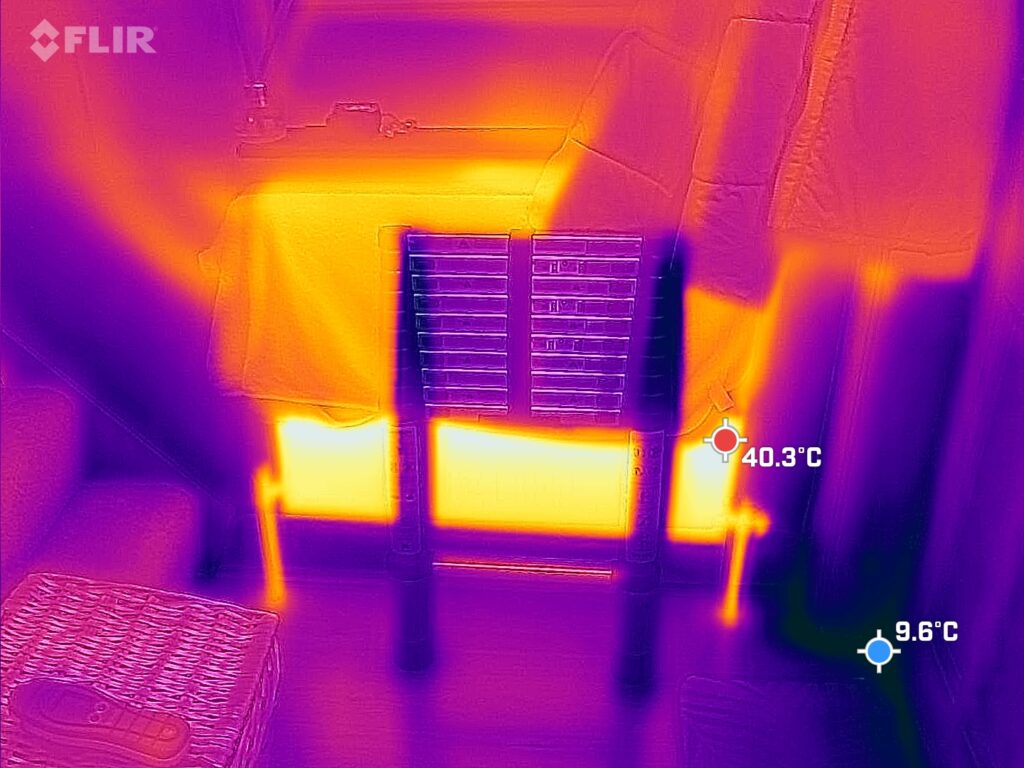
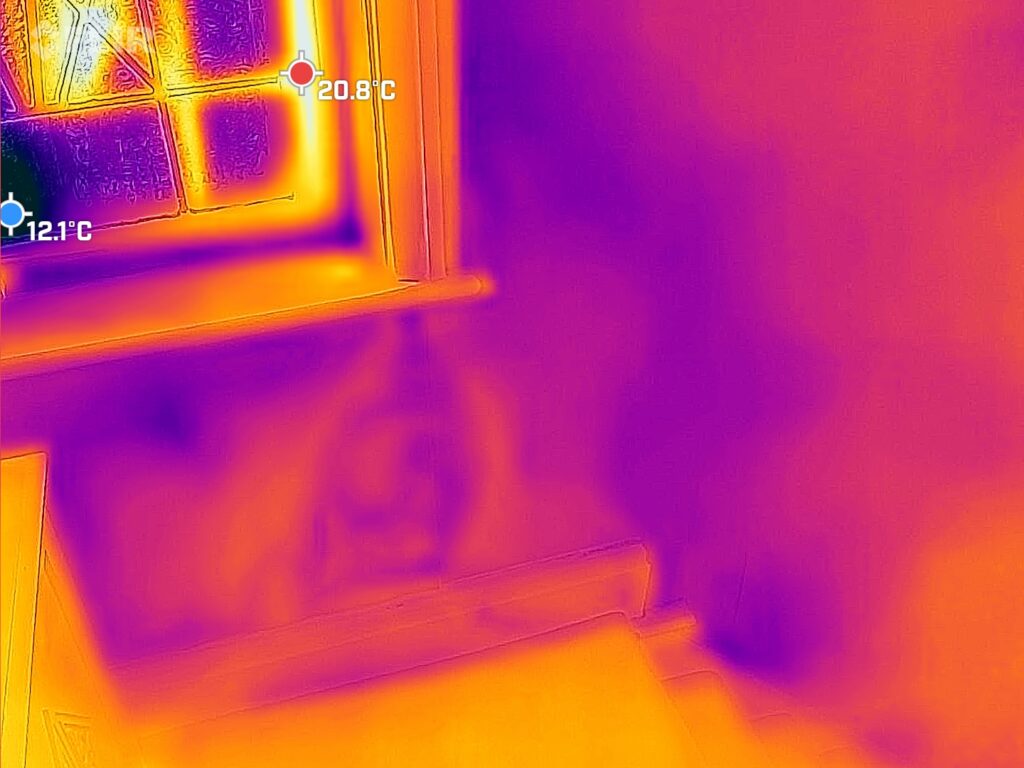
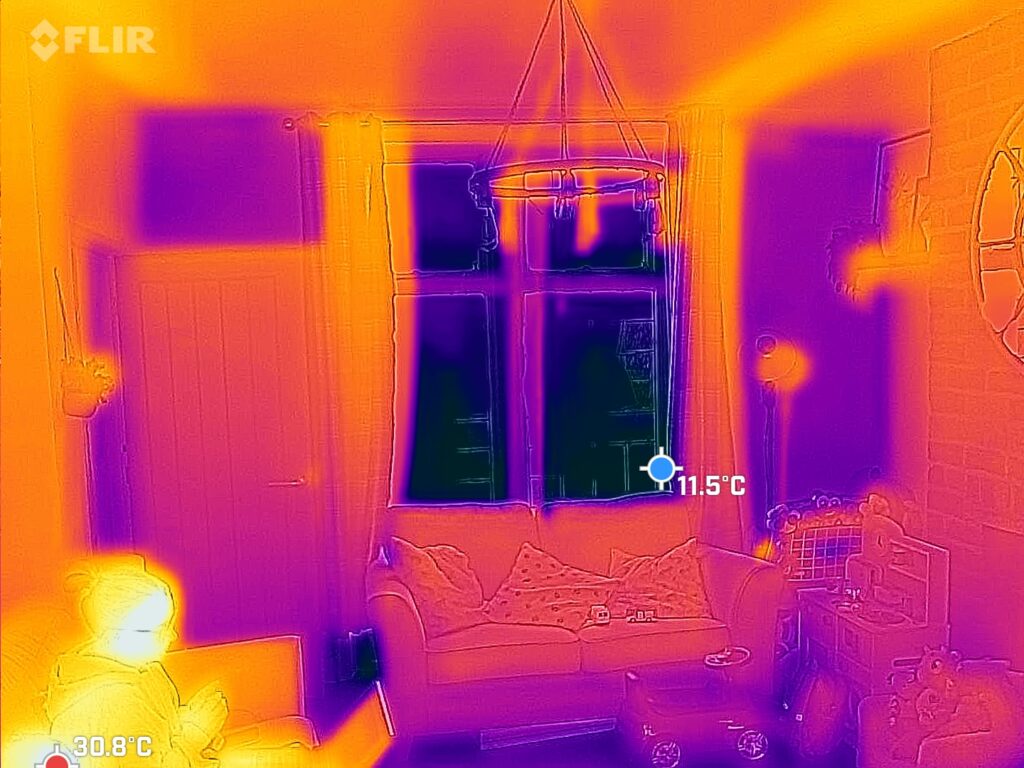
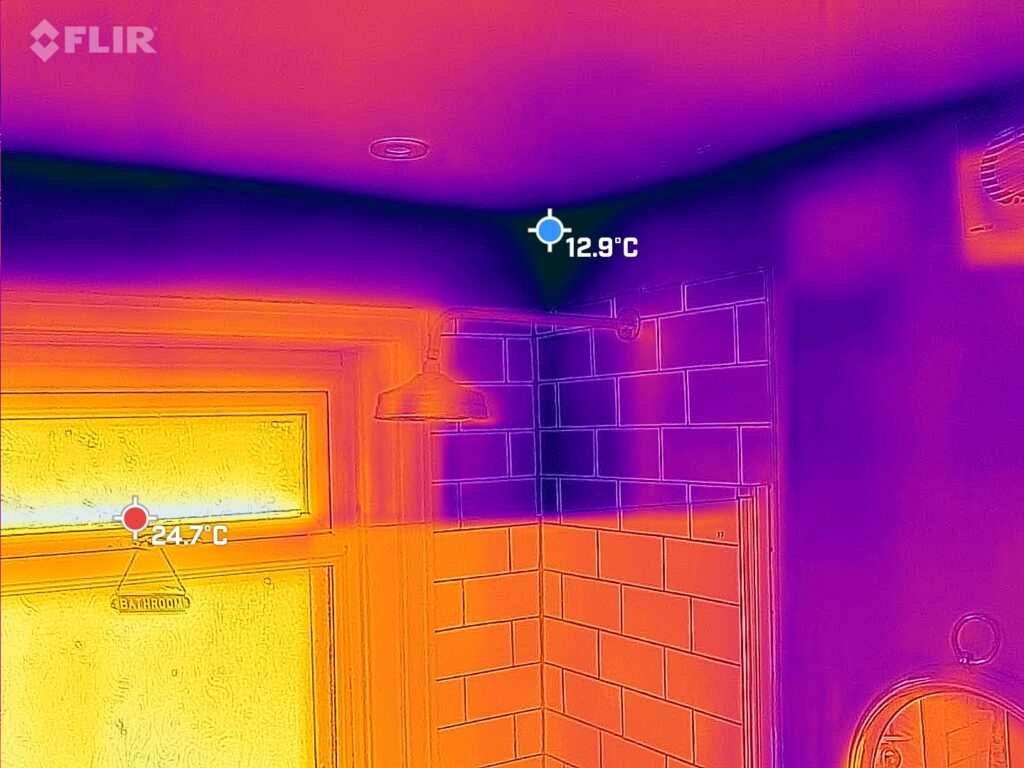
4. If you have single-glazing, replacing it with more energy-efficient windows will make your home warmer and quieter. Not every home can install replacement windows, but there are other options.
5. Although controlled ventilation is important to prevent damp and condensation, uncontrolled draughts waste heat and energy. DIY draught proofing is easy using off-the-shelf products to seal around doors and windows, and ready-made products are also available to draught proof keyholes and letterboxes.
6. Although lighting may seem a minor part of your home’s energy use, it is part of the EPC assessment. Swapping old light bulbs for low-energy LEDs can even improve your EPC rating. LED bulbs are more expensive to buy, but they use around 90% less energy and can last up to fifteen times as long.
7. A whole new heating system isn’t possible for everyone, so it’s worth getting through the points above this one before you consider an upgrade. But if your home is very well insulated, and if you’re in a position to do so, it’s time to think about the way it is heated. A well-insulated home will have a lower heat demand than a poorly insulated one. When you replace or upgrade your heating system, it should be sized to suit that reduced heat demand. A system with a lower heat output is likely to cost less to buy and install and the ongoing running costs – your energy bills – will also be lower. A good heating engineer should be able to calculate the right size boiler to meet your hot water and heating needs. Over the coming decade or so, new types of heating systems are likely to become available. Alongside ground and air source heat pumps, hydrogen boilers and many others, we can expect to see other technologies that use electricity to generate heat. This is an increasingly low-carbon energy source as more electricity is generated by renewable sources like wind and solar.
Whether you do some, or all of the recommended improvements, not only would you be doing your part to reduce carbon emission but you will be saving money and improving your home’s energy efficiency for the future.

